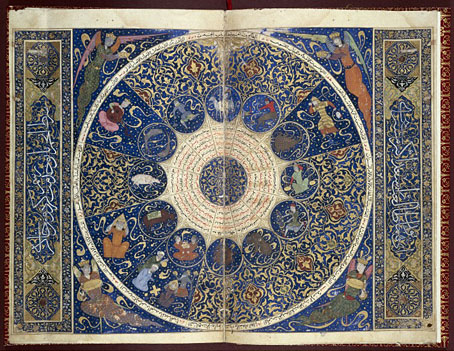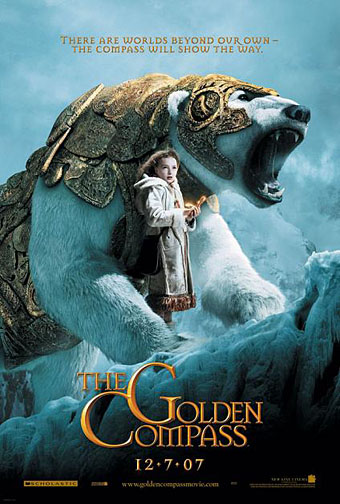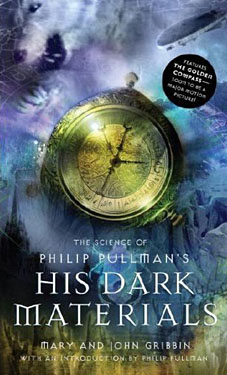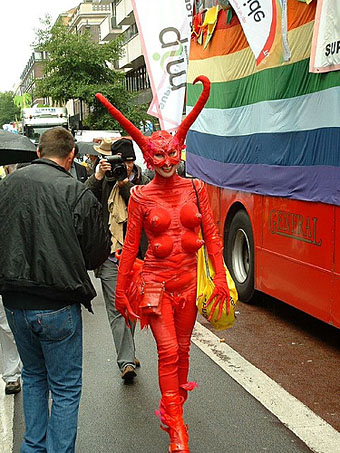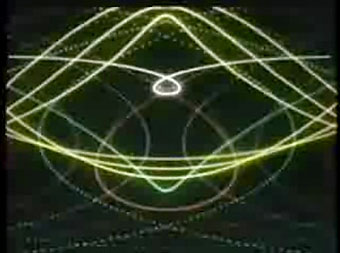The horoscope of Prince Iskandar, grandson of Tamerlane, the Turkman Mongol conqueror, by Imad al-Din Mahmud al-Kashi, showing the positions of the heavens at the moment of Iskandar’s birth on 25th April 1384.
From the Wellcome Trust image collection. Considering the Wellcome Trust’s medical background, there’s a surprising amount of non-scientific material in its image library, not least a collection devoted to Witchcraft. This perhaps reflects the wide-ranging interests of the Trust’s founder, Henry Wellcome. Jay Babcock and I visited the exhibition of artefacts from Wellcome’s vast collection at the British Museum in 2003 and that proved to be a similarly surprising cabinet of curiosities, including sheets of tattooed human skin and Charles Darwin’s skull-headed walking stick. I was sure I had a photograph of the latter but don’t seem able to find it if it’s still around. Never mind, the BBC has a picture, together with other items from the exhibition. Also on display there was a specially-commissioned film from the Brothers Quay which can now be seen in their DVD collection.
Via Boing Boing.
Previously on { feuilleton }
• Calligraphy by Mouneer Al-Shaárani
• The Brothers Quay on DVD
• The Journal of Ottoman Calligraphy
• Word into Art: Artists of the Modern Middle East
• The Atlas Coelestis of Johann Gabriel Doppelmayr

